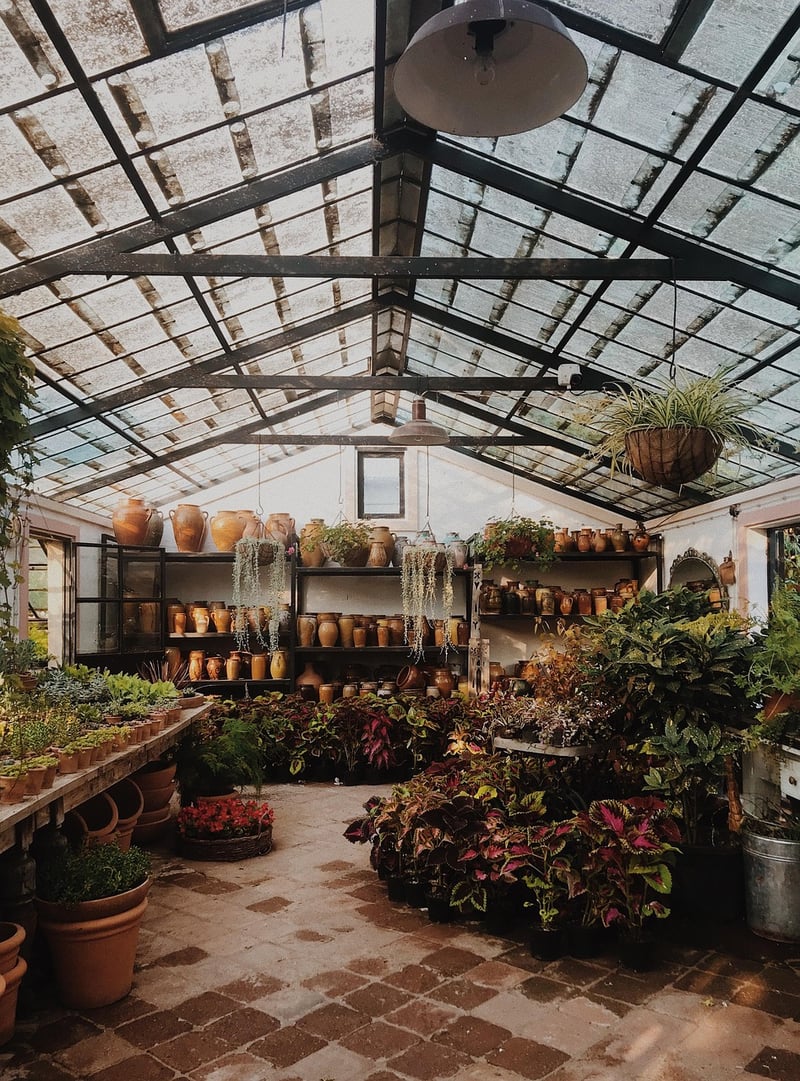Vertical Farming
Tips for Urban Gardening and Vertical Farming
Urban Gardening
Urban gardening is a fantastic way to bring greenery into city environments and grow your own produce even with limited space. Here are some tips to help you get started:
1. Choose the Right Plants
Opt for plants that thrive in small spaces like herbs, salad greens, tomatoes, and peppers. Consider using dwarf or bush varieties for compact growth.
2. Utilize Containers
Make use of pots, hanging baskets, or vertical planters to grow your plants. Ensure the containers have drainage holes to prevent waterlogging.
3. Maximize Sunlight
Place your garden in a spot that receives adequate sunlight for your plants to grow healthy. Consider vertical gardening to optimize sunlight exposure.
4. Water Regularly
Urban environments can be hotter and drier, so make sure to water your plants regularly. Use a watering schedule to avoid under or over-watering.
5. Use Vertical Space
Utilize walls, fences, or trellises for vertical gardening. This not only saves space but also adds a decorative touch to your urban garden.
Vertical Farming
Vertical farming takes urban gardening to new heights by growing crops in vertically stacked layers. Here are some tips for successful vertical farming:
1. Invest in Vertical Grow Systems
Consider purchasing or building vertical grow systems like hydroponic towers or vertical racks to maximize space and yield.
2. Choose the Right Lighting
Since natural light may be limited, opt for LED grow lights to provide the necessary spectrum for plant growth. Position the lights at the correct distance from the plants.
3. Monitor Environmental Conditions
Keep an eye on temperature, humidity, and airflow within your vertical farm. These factors can significantly impact plant growth and health.
4. Use Hydroponics or Aeroponics
Consider using hydroponic or aeroponic systems for vertical farming. These soilless techniques save space and water while promoting faster plant growth.
5. Rotate Crops
Rotate your crops regularly to prevent nutrient depletion and soil-borne diseases. Plan your vertical farm layout to accommodate crop rotation effectively.
Whether you're starting an urban garden on your balcony or setting up a vertical farm indoors, these tips will help you make the most of your space and grow healthy plants efficiently.


